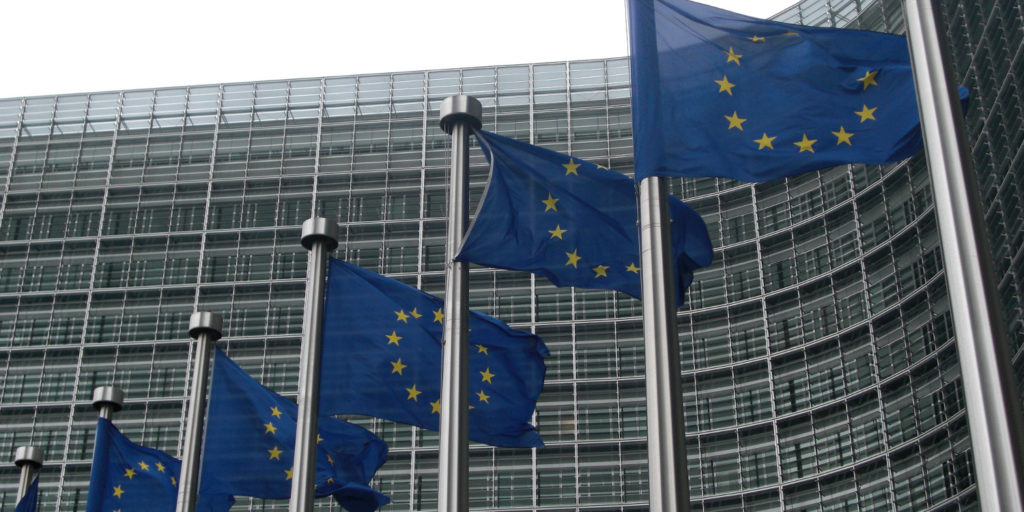Taiwan-based analyst company, TrendForce has said that, overall, the effects of the proposed safeguard tariffs in India will be limited, and won’t stimulate the hoped for protection of domestic PV product capacities.
In the short term, however, price fluctuations will be seen, and developers of large-scale projects will experience increasing costs “to the detriment of such projects.” It also expects that solar demand will be lower in H2 2018 (2-3 GW versus the 5.97 GW installed in H1 2018), while the FY 2018 will see demand in the range of 8-9 GW.
In Q2 2018, just 1.37 GW of grid connected solar PV were installed, down from the 4.6 GW in Q1. Still H1 2018 still saw more capacity added than the previous year’s period (4.1 GW).
Capacities
India has a current module manufacturing capacity of 3.2 GW and, thus, is unable to meet domestic demand, which is why it relies so heavily on imports, says TrendForce. Meanwhile, Vietnam is said to havea module manufacturing capacity of 7.2 GW, Malaysia, 6.5 GW, Thailand, 1.8 GW, Turkey, 800 MW.
Overall, Chinese imports comprise the lion’s share, having met over 80% of the solar demand seen in India in 2017. In the first five months of 2018, volumes fell 19.6%, although China was still the largest importer in the country.
Prices
In terms of prices, currently multi-si modules in India are said to be in the range of US$0.25-0.27/W, which is lower than other markets, where they are higher than $0.27/W. “With their higher price, the first tier multi-si manufacturers in China will prefer giving priority to markets other than India,” writes TrendForce.
“The difficulties facing the second- and third-tier Chinese suppliers that rely on exporting to the Indian market due to China’s harsh market situation will be further aggravated by the protective tariffs. This will cause the market’s prices to fluctuate further,” it adds.
Negative reactions
Earlier this week, India’s Directorate General of Trade Remedies (DGTR) recommended a two-year safeguard duty on solar cells and modules imported from China and Malaysia, of between 15-25%.
Reactions to the news have been, on the whole, very negative, with industry observers stating that the proposed move could hinder India’s ambitious solar plans by driving up the cost of solar power in India 15-30%.
A number of analysts and companies in India that spoke to pv magazine following the announcement said that the two-year period of the recommended safeguard duty is very short, discouraging any investment in setting up new solar manufacturing capacity. Moreover, for solar project developers, the duty will impact tariffs to the tune of 12-15%, posing an immediate threat to viability of projects under execution.
EU MIP decision
What is expected to have a bigger impact on the Indian solar market, however, is Europe’s decision on minimum import prices (MIPs) currently applied to Chinese PV importers to the EU, and which are set to expire this September 3.
If they expire, TrendForce forecasts that Vietnamese and Thai suppliers will fill the gap left in the Indian market by Chinese exporters, which will again concentrate on the EU market. Under this scenario, competition would be intensified, it says, thus driving down module prices, and potentially stimulating growth of non-subsidy PV projects. “Taiwanese and Malaysian suppliers,” meanwhile, “will face competition from Chinese counterparts in Europe and from third-party suppliers in India.”
If they are extended, on the other hand, third party suppliers would ship to both locations, and “pose strong competition to Chinese suppliers in India.”
Originally, the MIP was set to expire in March 2017. However, it was extended by a further 18 months. In the latest news on the matter, last month, it now appears likely that a new request for a review of the MIP undertaking has been submitted to the EU Commission in Brussels on June 3. If confirmed, the request may prevent the existing anti-dumping and anti-subsidy duties from expiring on September 3.
The majority of the industry is against the tariffs, having long called for their removal. Most recently, in a letter to European Commission President, Jean-Claude Juncker at the end of May, more than 250 organizations and companies from EU member states called for the termination of the trade restrictions applied to Chinese PV manufacturers.
This content is protected by copyright and may not be reused. If you want to cooperate with us and would like to reuse some of our content, please contact: editors@pv-magazine.com.









By submitting this form you agree to pv magazine using your data for the purposes of publishing your comment.
Your personal data will only be disclosed or otherwise transmitted to third parties for the purposes of spam filtering or if this is necessary for technical maintenance of the website. Any other transfer to third parties will not take place unless this is justified on the basis of applicable data protection regulations or if pv magazine is legally obliged to do so.
You may revoke this consent at any time with effect for the future, in which case your personal data will be deleted immediately. Otherwise, your data will be deleted if pv magazine has processed your request or the purpose of data storage is fulfilled.
Further information on data privacy can be found in our Data Protection Policy.